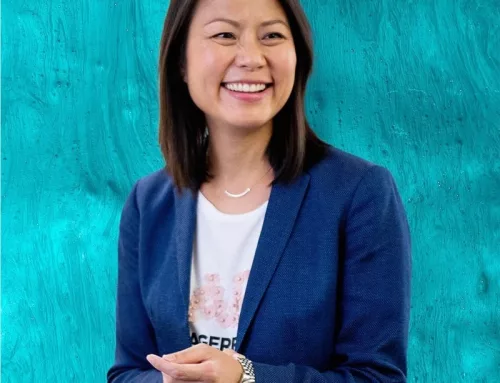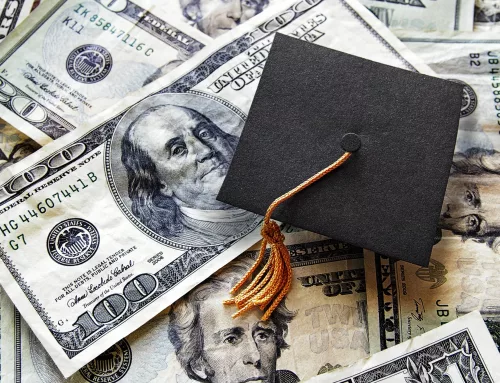Silicon Valley Bank’s Collapse: What to Know
Silicon Valley Bank (SVB), the 16th-largest bank in the U.S. at the end of 2022, was seized by the federal government on Friday, March 10, following a near-collapse by the financial institution a day earlier.
SVB stock shares dropped 60.41% on Thursday, March 9, after the company announced one day earlier plans to raise $2.25 billion following large financial losses attributed to rising interest rates by the Federal Reserve. The funds were to be raised via $1.25 billion in common stock shares, $500 million in depository shares, and $500 million in common stock shares to be sold to General Atlantic, an international equity investor.
As SVB’s stock plummeted on Friday, the California Department of Financial Protection and Innovation closed the Santa Clara, California-based bank. The Federal Deposit Insurance Corp. (FDIC) then assumed control of SVB and created the Deposit Insurance National Bank (DINB) of Santa Clara, assuring depositors would have full access to their funds by Monday, March 13.
On Monday, FDIC transferred all SVB deposits to Silicon Valley Bridge Bank, a newly-created ‘bridge-bank’ designed to fill the time gap between bank failure and FDIC resolution.
FDIC ensured depositors they would face no financial repercussions due to SVB’s collapse, but did not offer the same protections for investors.
“No losses associated with the resolution of Silicon Valley Bank will be borne by taxpayers,” the agency said in a release. “Shareholders and certain unsecured debt holders will not be protected.”
SVB had $209 billion in total assets and $175.4 billion in total deposits as of Dec. 31, 2022. It is the first FDIC-insured banking failure of this year, and the first FDIC-insured institutional failure since Almena State Bank, based in Almena, Kansas, closed on October 23, 2020, according to FDIC.
In addition, FDIC appointed Tim Mayopoulos as SVB’s new CEO on Monday. He most recently served as president of Blend Labs, a provider of cloud-based software platforms for financial institutions, and also previously served as president of the Federal National Mortgage Institution.
Following his appointment, Mayopoulous posted a message on SVB’s LinkedIn page saying the company is “open and conducting business as usual.”
“We do know many of you have questions and we appreciate your patience as our dedicated team works as quickly as possible to serve you,” Mayopoulous said. “More information will be provided as it is available.”








